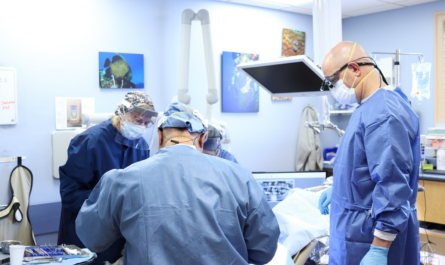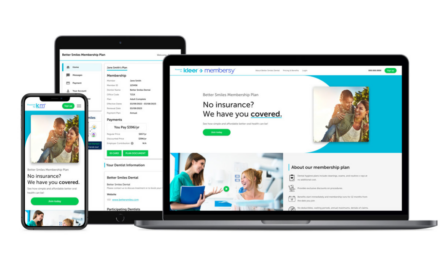By Andrew Smith, Chief Executive Officer, ADSO
The dental workforce shortage in the United States poses a significant barrier to providing high-quality dental care. That is why the Association of Dental Support Organizations (ADSO) has made it a priority to help recruit and prepare the next generation of dental practitioners, from dentists to dental hygienists to dental assistants. As we approach National Children’s Dental Health Month this February, it is crucial to bring awareness to and address the profound impact of this shortage on our children’s oral health.
According to the Health Resources and Services Administration (HRSA) at the U.S. Department of Health and Human Services, there are currently 7,395 dental Health Professional Shortage Areas (HPSAs) in the country. These are communities facing a low health practitioner-to-population ratio, creating a substantial obstacle to adequately meeting residents’ dental needs.
Data from the National Survey of Children’s Health conducted by the HRSA brings to light the alarming state of children’s oral health. In 2022, an estimated 3.9 million children aged 1 to 17 have teeth classified as “fair or poor.” Moreover, the number of children visiting dentists in the past 12 months declined from 2017 to 2021.
The Centers for Disease Control and Prevention reports tooth decay as the most common chronic disease among children in the United States. Shockingly, 52% of children aged 6 to 8 have had cavities in at least one of their primary teeth. Adolescents aged 12 to 19 are faring even worse, with 57% reporting cavities in at least one of their permanent teeth. The impact is most pronounced among children from low-income families, who are twice as likely to have untreated cavities than their higher-income peers. This has a detrimental effect not only on children’s overall health, but also their school performance.
The state of oral health and lack of practitioners in rural communities illustrate the effects of the workforce shortage on children. Over two-thirds of all dental HPSAs — 4,946 of the total 7,395 — are situated in rural areas. A 2023 report by the American Academy of Pediatric Dentistry (AAPD) shows rural children are more likely to have unmet dental needs, lower dental visitation rates, and face limited access to preventive care. The report also draws attention to data from the 2011 to 2018 National Survey of Children’s Health, showing an average of only 59.6% of rural children visit their dentist for preventive care compared to 66.7% of their urban peers. These challenges are further exacerbated by the high number of rural dentists nearing retirement.
A 2023 study published in JAMA Health Forum validates a longstanding belief held by the ADSO: recruiting more dental care providers could lead to improved health outcomes and reduce the risks of dental problems among children living in HPSAs. This underscores the urgency of bridging the gap in the dental workforce.
Addressing the dental workforce shortage requires a multifaceted solution that involves partnerships between various stakeholders, including dental professionals, children’s advocates, and policymakers. As we begin the New Year and approach National Children’s Dental Health Month, the ADSO remains steadfast in our commitment to making a positive impact. Our initiatives – from launching a taskforce dedicated to tackling staffing challenges and initiating the DSO Difference – and advocacy for license portability laws are all geared toward ensuring every resident and their children have access to high-quality dental care.
As we reflect on our organization’s achievements in 2023 and anticipate the opportunities the New Year brings, the ADSO looks forward to continuing this vital work with our partners, industry experts, and policymakers.





